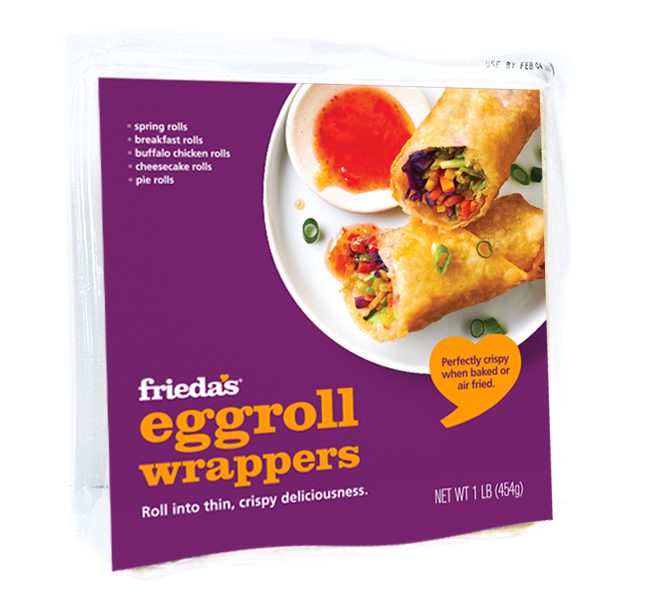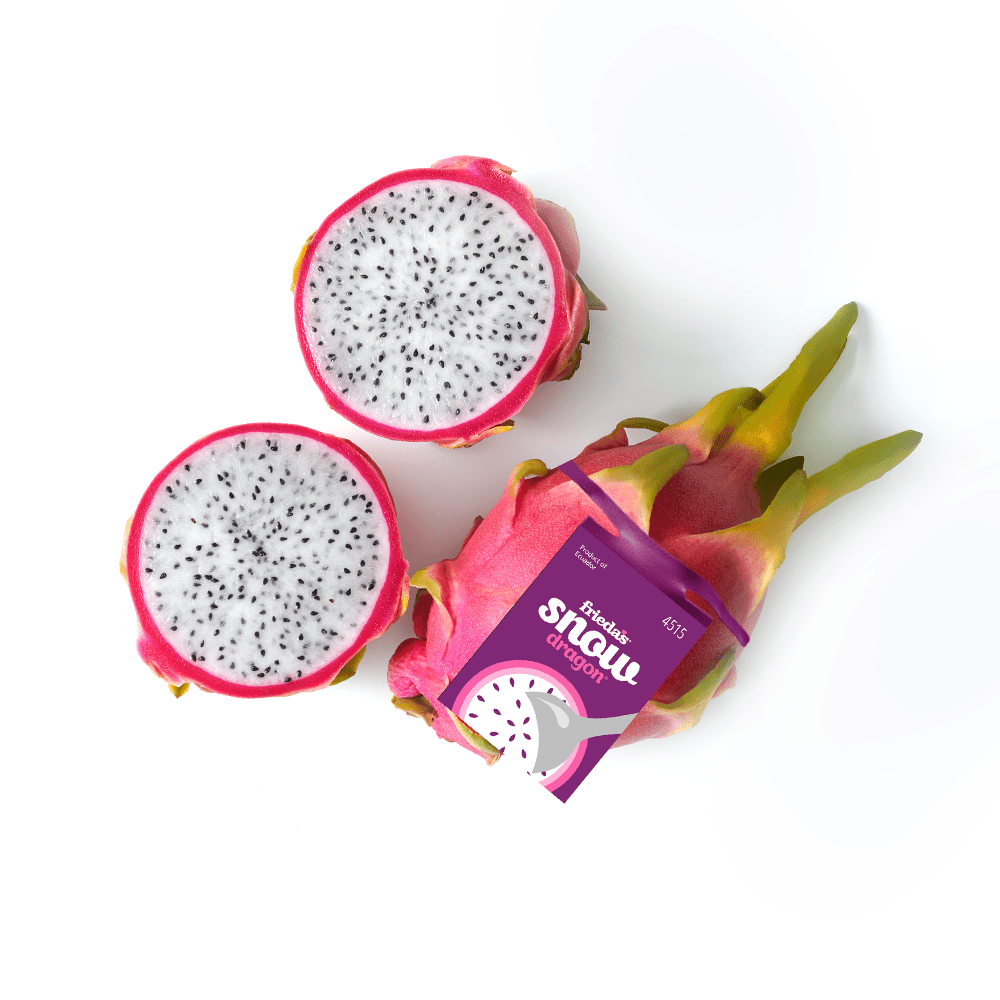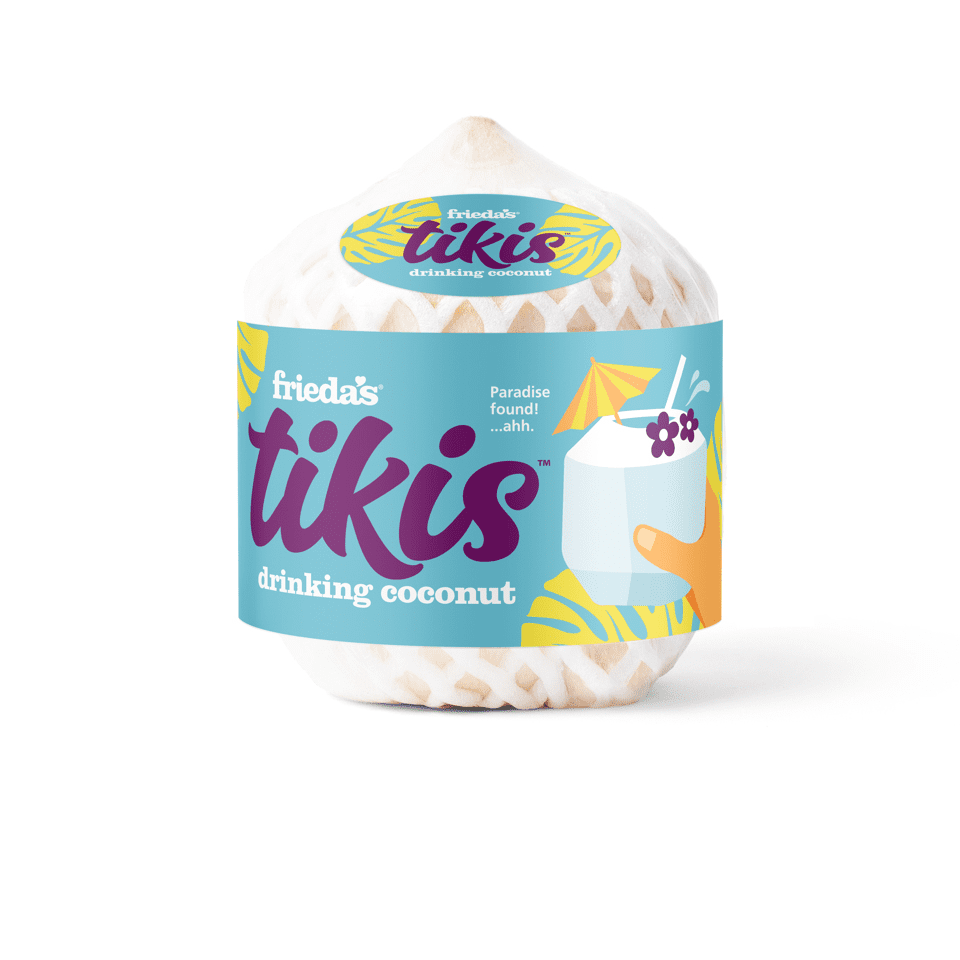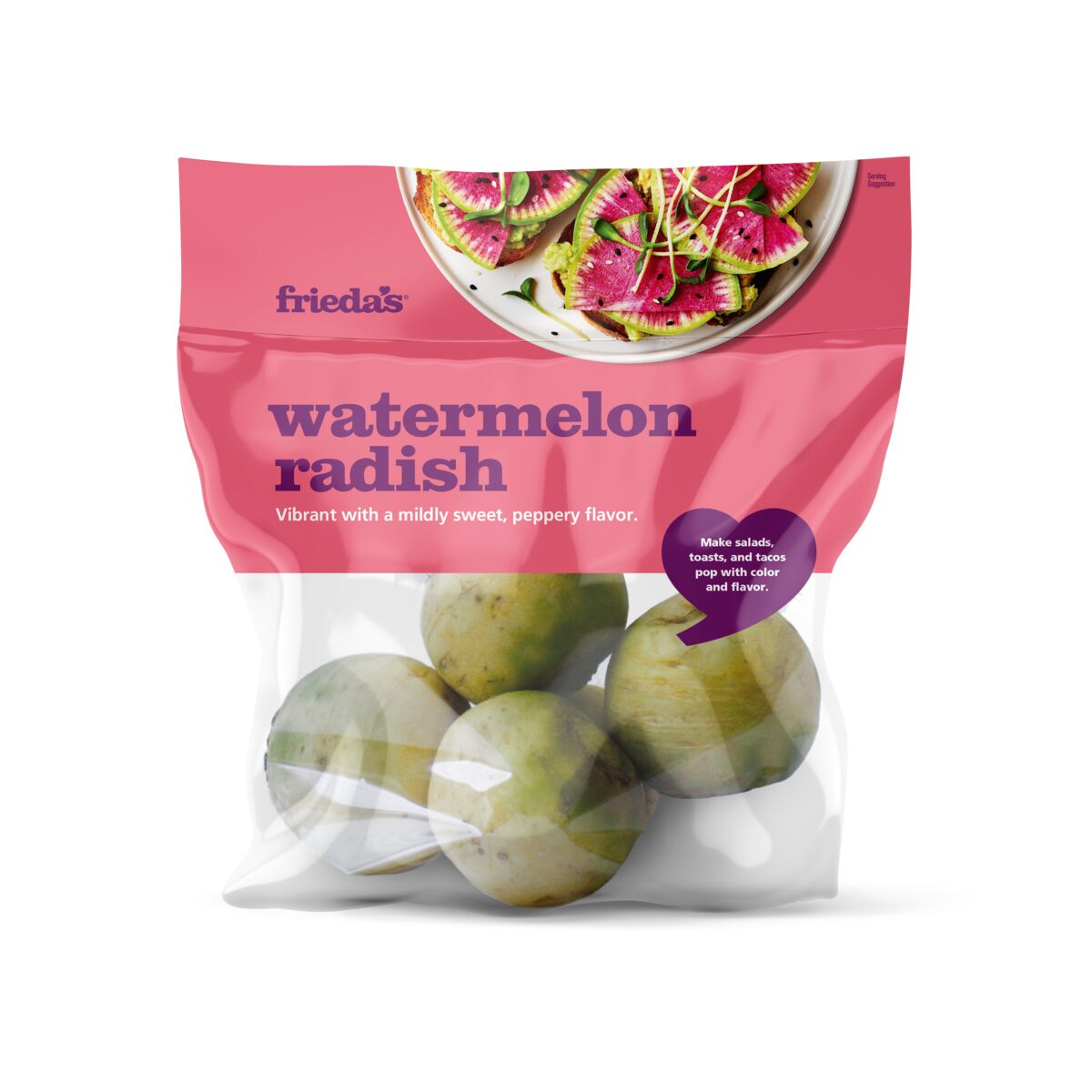It always bugs me when I go into a produce department and all the fruits are so large. You know what I mean—strawberries the size of billiard balls, apples and oranges (or even bananas) so big that you could split the fruit with a friend! And these big fruits don’t always have the best flavor.
I would rather have medium- or small-sized fruits with better flavor. (Honestly, they’re also a perfect portion to snack on!)
So, I was very interested to read an article in the recent Los Angeles Times Business Section entitled, “Growing flavorful fruit with less water.”
The story was about David “Mas” Masumoto, the well-known farmer (and author of the famous book, “Epitaph for a Peach.”) Mas owns an 80-acre organic farm just south of Fresno, right in the middle of the San Joaquin Valley. When the LA Times writer asked Mas about the drought in California and the effects on his farming practice, he responded:
“We’ve been experimenting with this petite peach method this year, where we’re cutting back water use 30 percent, 40 percent, 50 percent on some select areas of the orchard to see how it responds….Can you not grow a small, water-efficient peach that has just as intense flavor? And you can.”
Flavor! Yippee! I was so excited to read this. Mas verified what I have been thinking for some time. Supermarkets have us consumers convinced that bigger is better, so they buy only large, premium-sized fruit. And they encouraged growers to develop large-size varieties (which you can do with pruning and farm practices) because the stores get premium prices for them.
David “Mas” Masumoto – Photo credit: Zocalo Public SquareBut what happened to buying fruit based on flavor? I would much prefer a smaller piece of fruit and know that it has intense, awesome flavor.
Here is a dirty little secret of the produce industry. Consumption of soft fruit (peaches, nectarines, and plums) has declined so much in the last 10 years that many large farmers in Central California have started pulling out trees because they have a hard time making money selling their fruit. I believe the reason consumption has gone down is because the flavor and eating quality of the fruit have declined to the point that consumers don’t want to waste their valuable money on tasteless fruit. They have so many other choices like juicy watermelons and mixed melons, easy-peel citrus (like Cuties®) that they vote with their dollars. And those dollars aren’t going to soft fruit.
Based on Mas’ comment on water, a big part of that decline in flavor is over-watering in order to get bigger fruit.
So what if other fruit farmers use Mas’ methods and start cutting back their water usage and grow smaller fruits with big, bold flavor? Can you imagine juicy peaches and nectarines like you had as a child?
In an interview a year ago, I was asked, “What would you change about the produce industry?” My answer was to change the USDA grades and standards so that all imperfect fruit that never makes it to market and goes to the dumpster can be sold. I believe this could help alleviate hunger by making fruit produce more accessible and affordable.
And have you noticed that all over the world supermarkets are launching campaigns to sell “imperfect fruit?”
Well, my prediction this week is that farmers will be forced to reduce their water consumption, but will continue to farm. The unintended benefit will be smaller, more flavorful fruit.
And who knows, maybe consumption of fresh peaches, nectarines, and plums will start to go up as consumers fall in love with their flavors all over again. And smaller sizes of apples, bananas, and strawberries will encourage better snacking and encourage people to eat more of them.
Something to think about.
Karen















